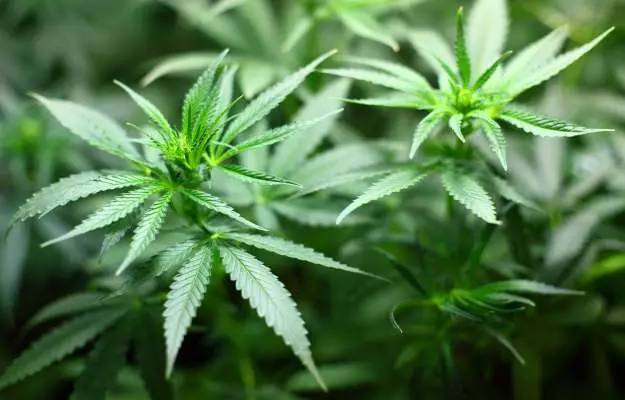Marijuana is made from the cannabis plant. It is also known as cannabis or hemp. All three words (cannabis, marijuana and hemp) are often used interchangeably. There are still more names used to refer to marijuana, especially when it is being used recreationally, such as weed, pot, grass, bhang or ganja.
(Read more: Bhang side effects)
Cannabis is one of the oldest plants known to mankind. Some historians date it back about 12,000 years—it is said to have been cultivated for domestic use over the centuries. There are several known species of the cannabis plant; they are all divided into three distinct categories:
- Cannabis sativa
- Cannabis indica
- Cannabis ruderalis
Cannabis affects the brain or the central nervous system, stimulating varied responses. Although it was outlawed in various countries during the 20th century, medical cannabis has been in constant use in Ayurveda and various other indigenous systems of medicine.
As it is a psychotropic substance, its recreational use has been banned in many countries around the world, including India, although its medicinal properties have attracted scientific research.
Different parts of the cannabis plant have been used to treat different medical conditions such as nausea and vomiting, constipation and some chronic conditions with some reports also citing its use in the treatment of fever and malaria. The United States Food and Drug Administration (FDA) has approved medical marijuana, specifically the use of cannabidiol in the treatment of certain kinds of epilepsy.
(Read more: Home remedies for constipation)
Marijuana is used recreationally for the apparent "high" that it delivers when someone smokes marijuana or cooks it in food. Due to recent drives to legalise marijuana in some American states, the rate of consumption has increased. This has revived the debate around health concerns, including fear of widespread addiction to the substance.
Read on to know about the health effects of marijuana, its benefits and side effects.




































